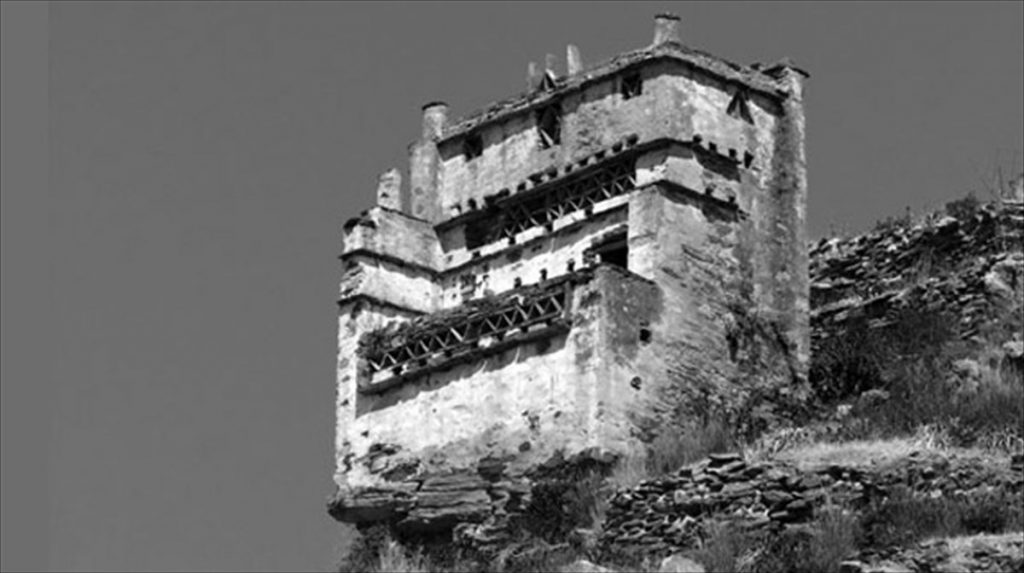During the Persian Wars, the island came under Persian occupation. Yet, it was liberated by the Athenians and then the Tinians took part in the war against the Persians. Later, over the years, it gradually passed under the hegemony of the Athenians, the Spartans and the Macedonians.
Many years later, Greece was occupied by the Romans and the island formed part of the Roman Empire.
In 1207, the Venetians ruled the island. The first rulers of the island were the Gizi family, until 1390, when Nikolas Venieros was appointed as governor. The Castle of Tinos, which served as the administrative and military center of the Venetian rule on the island, was built by the Venetians on the rock of Exomvourgo and held out against the Turks for two centuries. After the island was surrendered to the Turks, the Venetians were forced to retreat and the castle and the surrounding settlement were demolished, as stated in the treaty signed.
On March 31, 1821, the revolution started in Pyrgos, with Georgios Palamaris at the forefront. In January 1823, an icon of the Virgin Mary was discovered on the island and this fact was perceived by the Greeks as a divine sign. Another special and moving moment in the history of Tinos was the torpedoing of the warship “Elli”.






